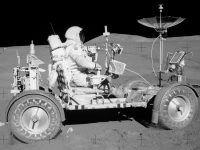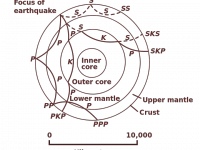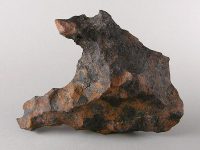Gustave Courbet and French Realism
On June 10, 1819, French painter Jean Désiré Gustave Courbet was born, who led the Realism movement in 19th-century French painting. Committed to painting only what he could see, he rejected academic convention and the Romanticism of the previous generation of visual artists. An Independent Spirit Gustave Courbet was born in in Ornans, a village in the Franche-Comté in eastern France, to Régis and Sylvie Oudot Courbet, a prosperous farming family with…
Read more











